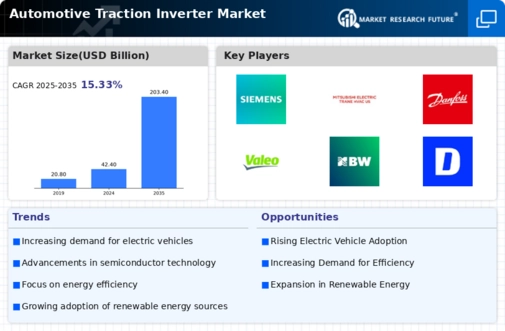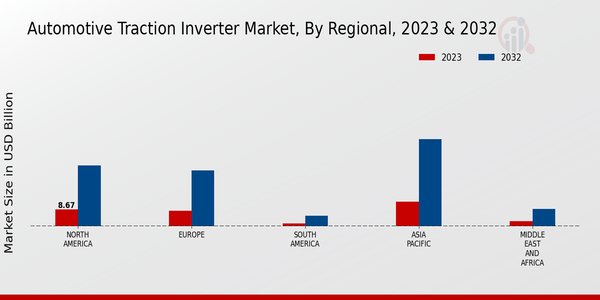Major players in the Automotive Traction Inverter Market are continuously evolving and developing innovative strategies to gain a competitive edge. Leading Automotive Traction Inverter Market players are focusing on expanding their product portfolio, improving efficiency, and reducing costs to meet the growing demands of the market.
The Automotive Traction Inverter Market development is being driven by factors such as increasing adoption of electric vehicles, rising demand for fuel-efficient vehicles, and government regulations promoting the adoption of alternative fuel vehicles. The Automotive Traction Inverter Market Competitive Landscape is expected to remain highly competitive in the coming years, with key players competing on factors such as product innovation, pricing strategies, and customer service.
A leading Automotive Traction Inverter Market player, Valeo, is a global supplier of automotive components and systems. The company is a leader in the development and manufacturing of automotive traction inverters and offers a range of products for various applications.
Valeo's traction inverters are known for their high efficiency, reliability, and durability. The company has a strong global presence, with manufacturing facilities and sales offices in over 30 countries. Valeo is committed to innovation, and its R&D team is constantly working to develop new products and technologies to meet the evolving needs of the automotive industry.
A competitor in the Automotive Traction Inverter Market, BorgWarner, is a global leader in the design, manufacture, and supply of automotive powertrain systems and components. The company's product portfolio includes traction inverters, electric motors, and other powertrain components.
BorgWarner's traction inverters are used in a variety of applications, including passenger cars, commercial vehicles, and hybrid electric vehicles. The company has a strong global presence, with manufacturing facilities and sales offices in over 20 countries. BorgWarner is committed to innovation, and its R&D team is constantly working to develop new products and technologies to meet the evolving needs of the automotive industry.





















